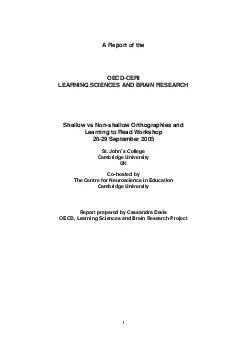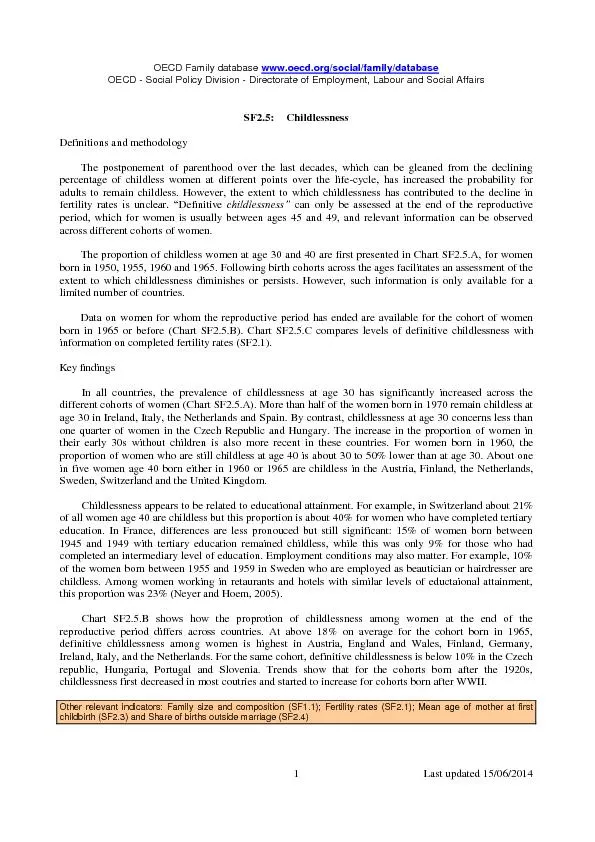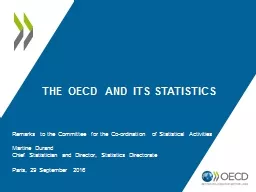PDF-A Report of the OECD-CERI LEARNING SCIENCES AND BRAIN RESEARCH Shallo
Author : pamella-moone | Published Date : 2017-02-28
2 Background information The goal of this report of this workshop is to Provide an overview of the content of the workshop presentations Present a summary of the
Presentation Embed Code
Download Presentation
Download Presentation The PPT/PDF document "A Report of the OECD-CERI LEARNING SCIE..." is the property of its rightful owner. Permission is granted to download and print the materials on this website for personal, non-commercial use only, and to display it on your personal computer provided you do not modify the materials and that you retain all copyright notices contained in the materials. By downloading content from our website, you accept the terms of this agreement.
A Report of the OECD-CERI LEARNING SCIENCES AND BRAIN RESEARCH Shallo: Transcript
Download Rules Of Document
"A Report of the OECD-CERI LEARNING SCIENCES AND BRAIN RESEARCH Shallo"The content belongs to its owner. You may download and print it for personal use, without modification, and keep all copyright notices. By downloading, you agree to these terms.
Related Documents














